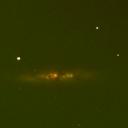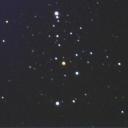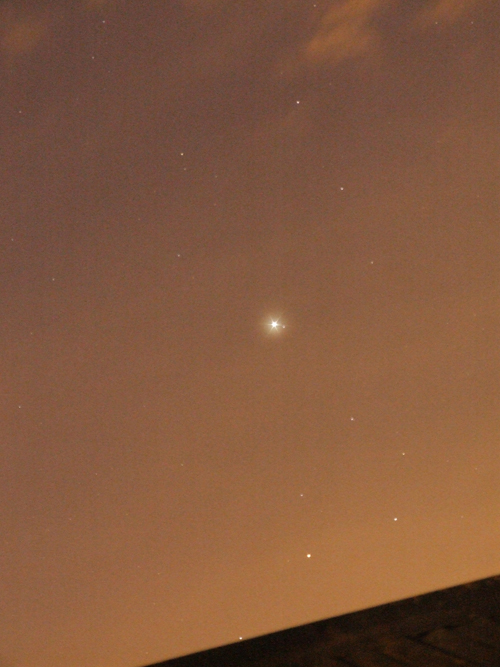It was unexpectedly clear last night so I took the decision late in the evening to get the scope out and setup in the dark. Everything went together fine, Polaris was just outside the circle so I made the final adjustments and readied myself for a couple of hours of imaging. I can’t be out too late with my alarm set for 6am so made a mental note to start packing up after midnight.
The session seemed to be going ok, I was able to find targets and went inside to leave the LX do it’s thing without me causing unnecessary vibrations. I managed to get AVIs of M16, M81, M82, M51, M31,M57, M20 and M27 with a short clip of Cor Caroli thrown in for good measure. What I hadn’t noticed, by not watching the imaging sessions, was that I had a lot of movement in the mount and my 40 second exposures where nearly all reduced to short streaks rather than fine points.

Processing has been a little disappointing with very few usable frames. This M82 is not too bad but you can see from the strange shape of the stars that things didn’t go to plan. I’ll take my time over the M31, I think I’ve got faint dust lanes outside the centre of the galaxy, but it may just be my imagination.
To think I’d re-targetted these M’s to improve on those I already had – that’ll teach me! I must sort something out with the guidescope if I’m going to get any long exposures over 40 seconds.
Hopefully the IR/UV filter will arrive tomorrow, that’ll give me something new to experiment with.
———–

I’ve just reprocessed the M82 image using K3CCDTools instead of my usual first choice Registax. I processed the result as x2 and then desaturated the image in PhotoShop. I was comparing the image with Starry Night to see what details I was missing when I noticed the star below the galaxy (to the right in the image) has an apparent magnitude of 17.6. I think this may be the faintest star I’ve imaged (and noticed) to date.





